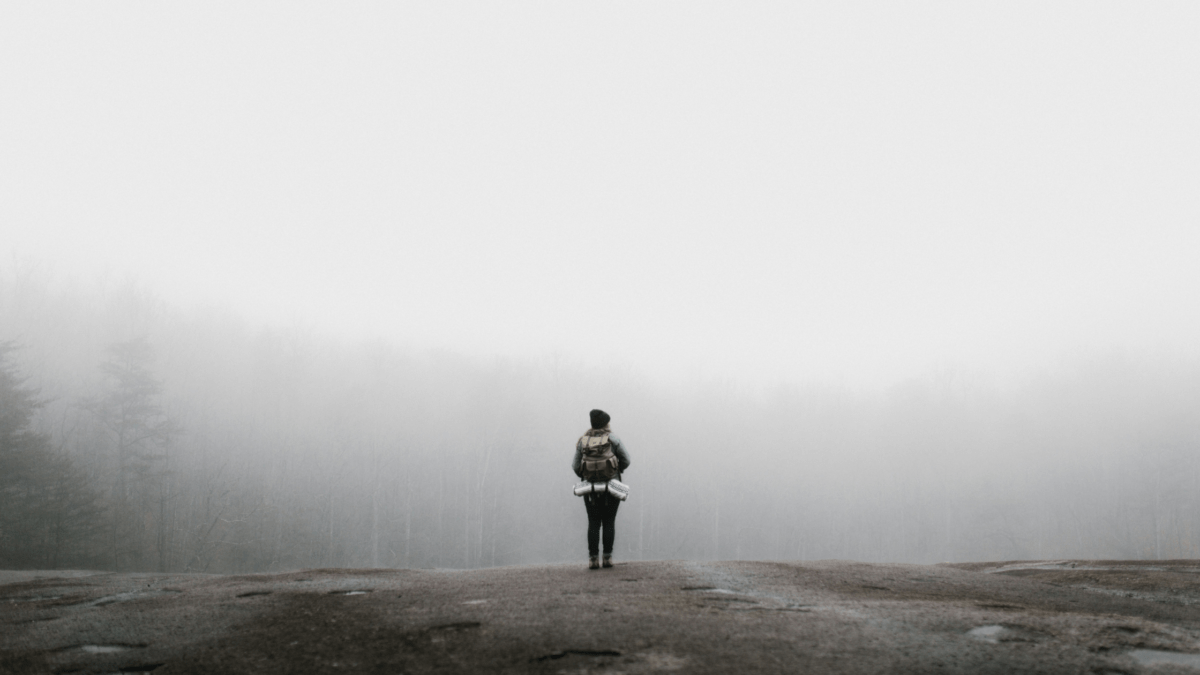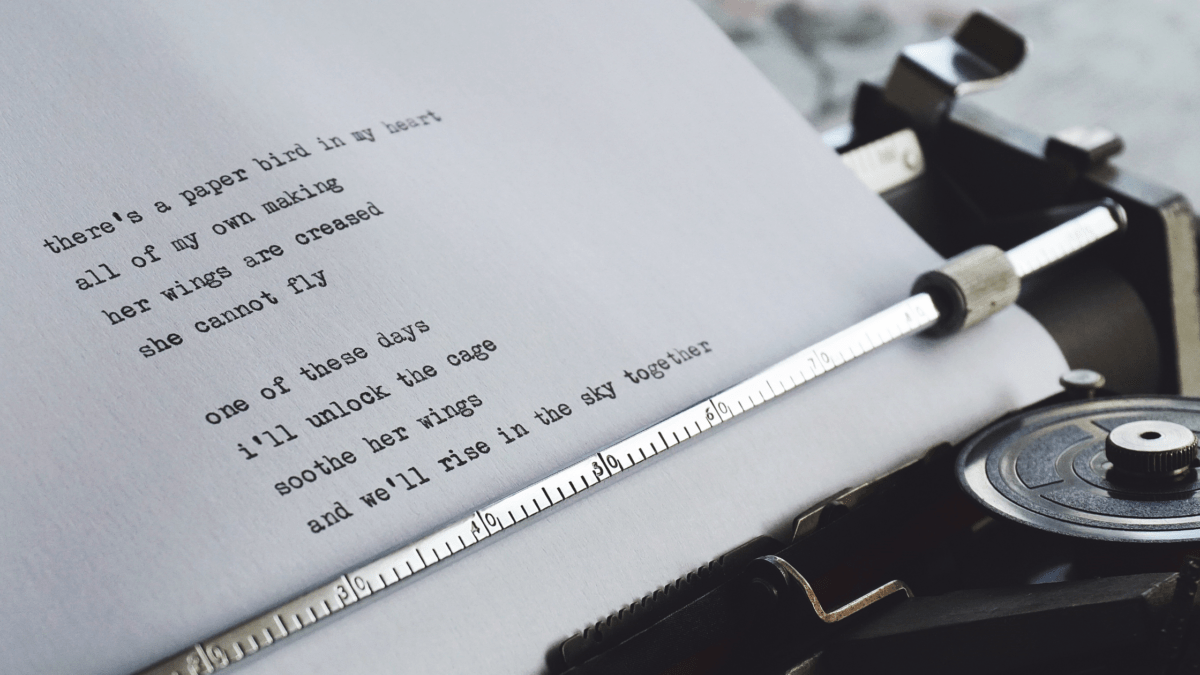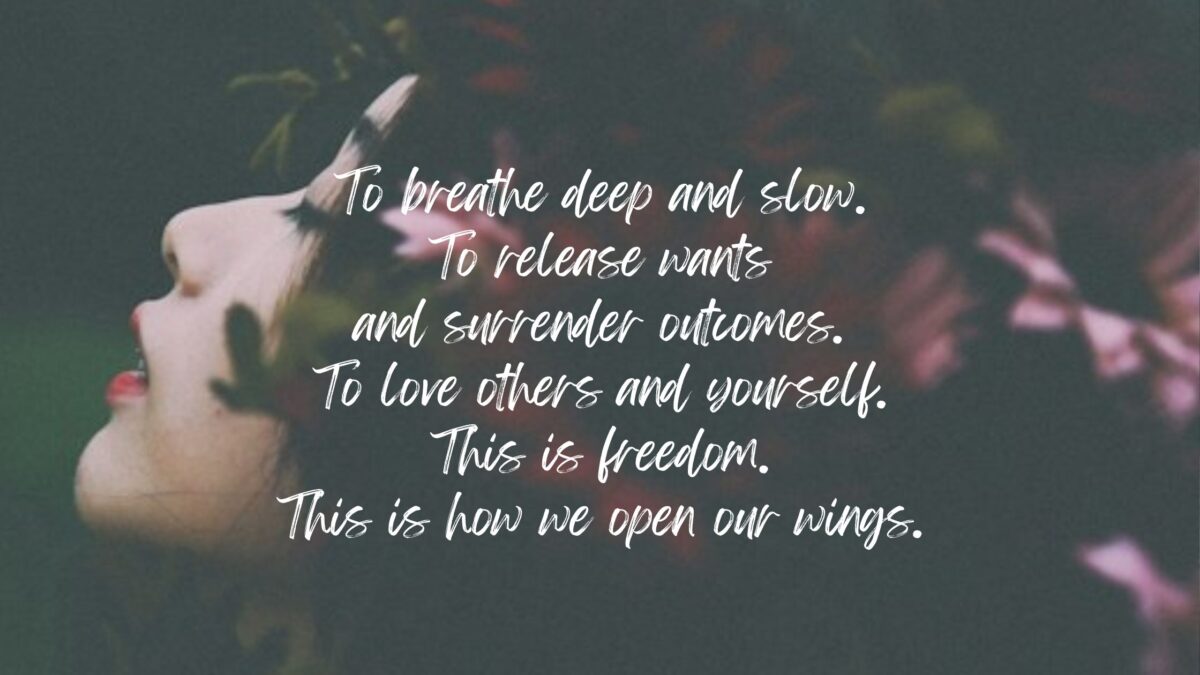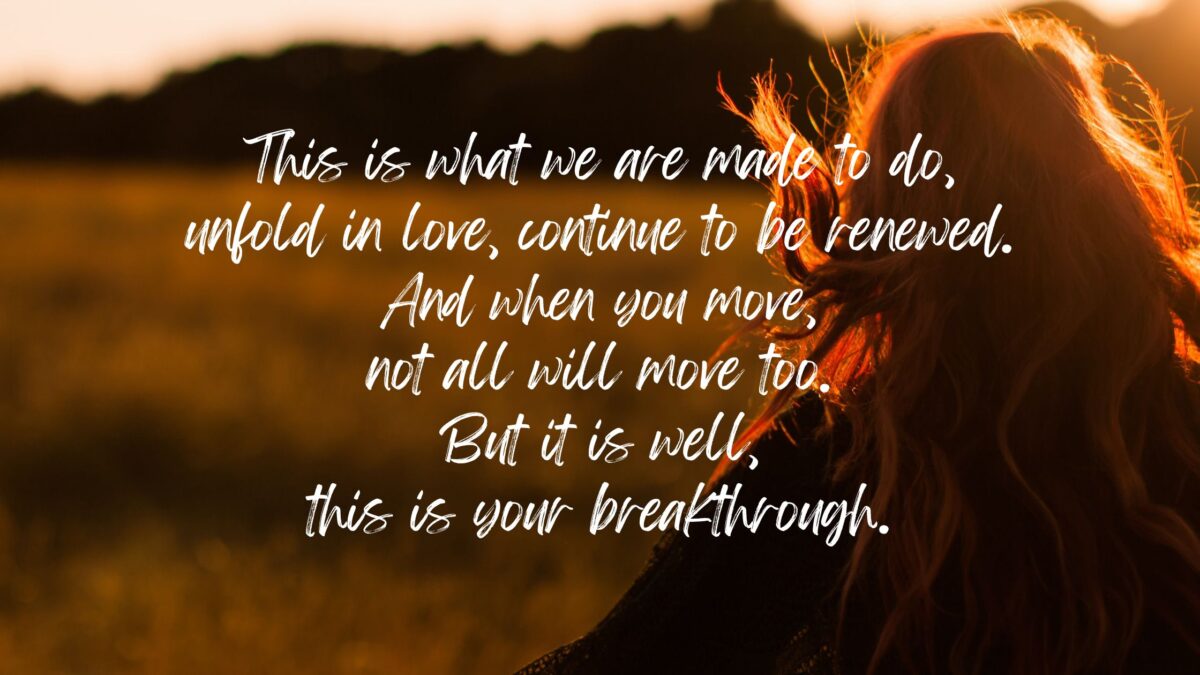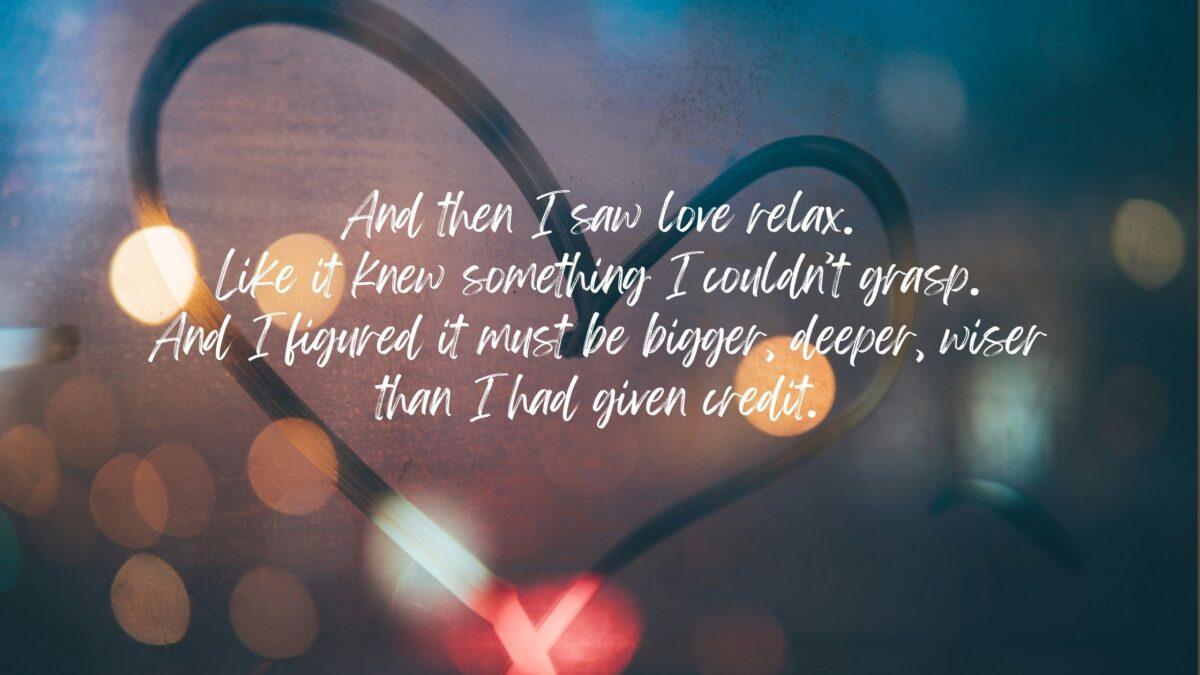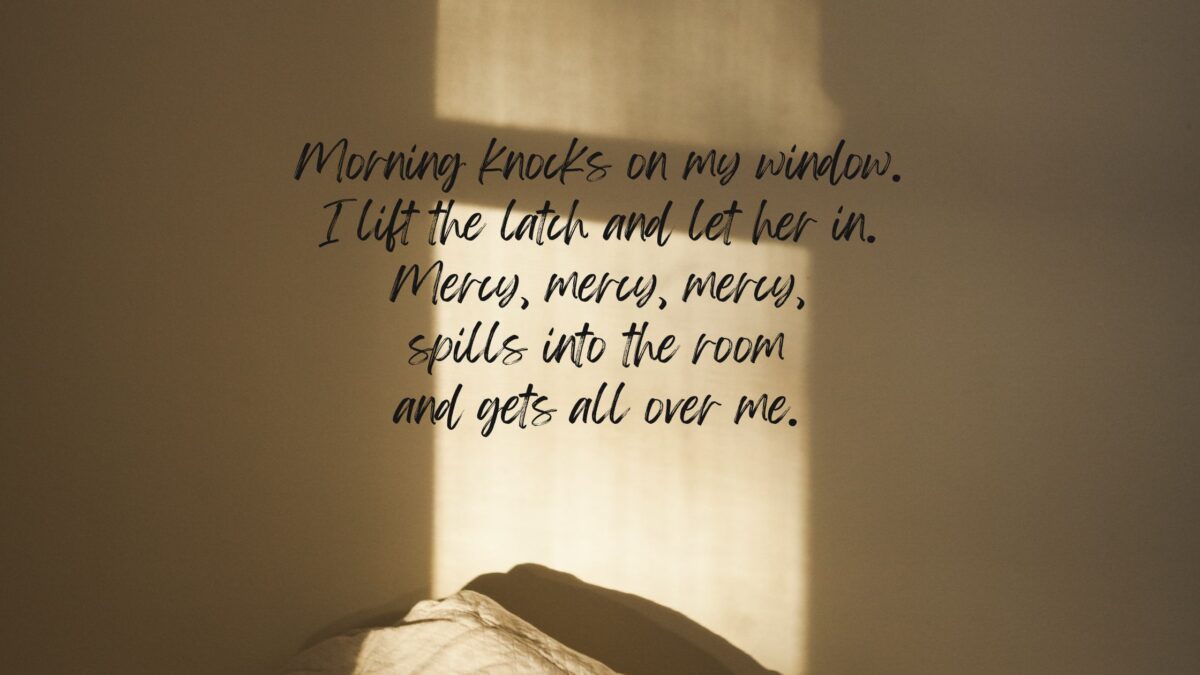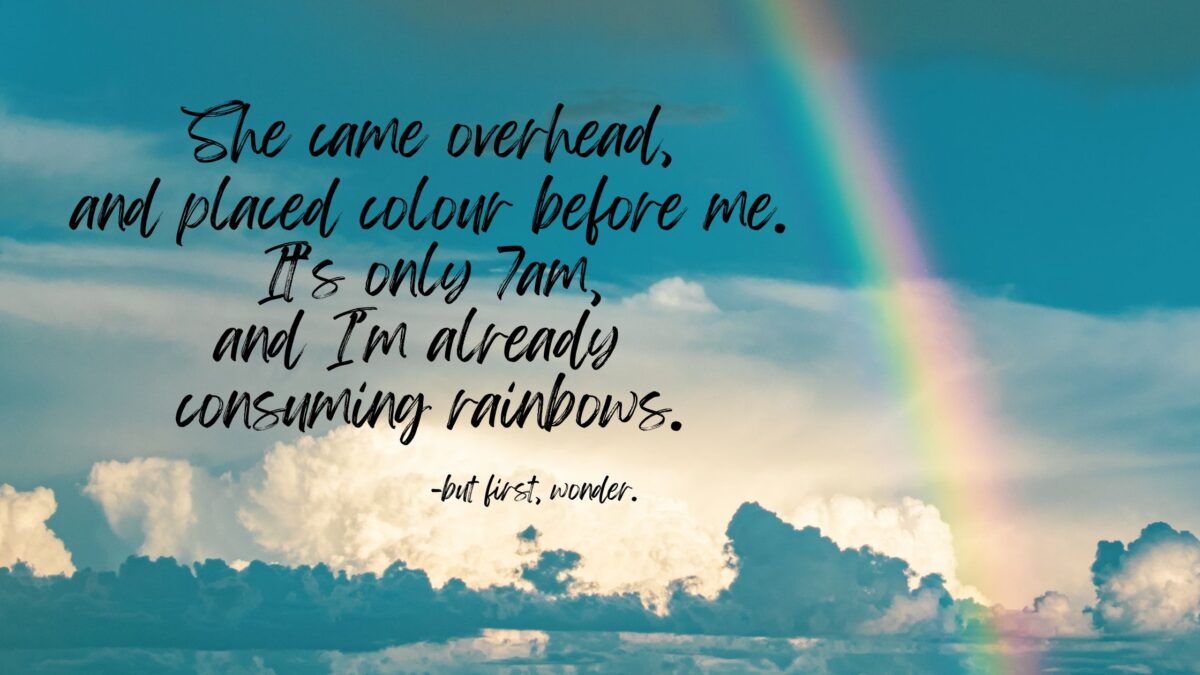Mothering teens -Wow!! To say that I’ve had to learn a lot about patience and resilience is an understatement.
So here, I’m sharing some real talk about the highs and lows of mothering teens.
Responding to Mockery
When our teens make fun of us, whether it’s about our actions or how we look, it can sting.
Consider my experience as a longtime dancer. After years of identifying myself through dance, hearing my kids joke that I “can’t dance” felt like a jab at my identity .
One day, inspired by their comments, I watched myself dance in the mirror. What I saw was a middle-aged woman executing all the right moves, yet not looking quite as ‘cool’ as I felt. It was enlightening.
This scenario made me realize that teens often view us through a different lens, influenced by contemporary standards and peer perceptions. Their mockery isn’t necessarily malicious but reflects our differing views on style, ability, and even appearance.
I believe it is absolutely okay to tell your kids how their comments about our appearance or actions make us feel, but it’s crucial to approach these conversations in a way that encourages understanding instead of causing defensiveness.
Instead of reacting defensively, we can use these moments to discuss our life experiences and the changes we’ve gone through, including our looks. It opens up a dialogue about aging gracefully, respecting differences, and celebrating our unique paths in life.
Navigating the Grief of Digital Disconnection
The presence of technology in my children’s lives has often left me feeling a sense of grief. I know many parents of teens feel the same.
This emotional response stems from witnessing our children engaging online, participating in a digital world that seems separate from our own. This can create a barrier that keeps us from fully connecting with our children, even when they are physically present.
This digital divide can be particularly palpable during family times, like family holidays, where the clash between the online world and the real world becomes more evident.
It’s not just the frustration of competing with devices for attention; it’s a deeper longing for our children to experience life without the constant buzz of social media, to engage with the world directly and create memories that aren’t mediated through a screen.
Although I have always put boundaries around technology in place, this does not quench their desire to be ‘with’ their friends online rather than with me.
On the other hand, I have also felt pain when my children are not interacting at all as it is often a sign that they have been excluded, leaving them without a place to engage.
It’s a paradox: we yearn for our kids to engage and connect, yet we also wish they wouldn’t spend all their time tethered to digital interactions.
This particular parenting challenge uniquely affects those raising teens who are not only exposed to this technology but are also intricately woven into its social fabric.
Our parents, who came before the age of smartphones and social media, cannot fully grasp this issue, and our children, who have never known a world without constant digital connection, can’t either.
To effectively process this grief, we must fully acknowledge the disappointments and challenges that technology has introduced into our parenting experience.
Recognizing these feelings is the first step in managing them constructively.
Confronting Fear
Maybe responding to their mockery or navigating grief around technology seems like child’s play to you. You might be dealing with serious issues like drug use, depression, intense conflict or risky behaviors.
Your teen may lash out, using harsh words that cut deep, blaming you for their struggles, and making you long for the days when they were content and carefree.
You might feel lost, wondering where your joyful child went and if you’ll ever have a strong relationship again.
In these moments, the guilt, pain, frustration, and fear can feel all-consuming.
Fear—now that’s a word we need to unpack when it comes to parenting.
Fear can manifest as a constant undercurrent in our daily interactions, or surge forth in moments of crisis. Either way, it demands our attention and acknowledgment.
By admitting we are afraid, we can begin to understand how fear impacts our decisions and interactions, allowing us to approach parenting our teen with more awareness and compassion.
A Word of Encouragement for Mothers of Teens.
You can do this!
If you’ve made mistakes, remember, you’re not alone—we all have.
If you’re feeling the sting of the gaps technology has created within your family, it’s okay to acknowledge that frustration; it’s a common and very real challenge for many parents.
If you feel mocked or unappreciated, remember, their words are not the truth but merely a perspective that will evolve as they mature.
If your child is struggling, whether dealing with emotional pain, or confused about their identity and place in the world, continue to show your love.
Build them up with your words and actions, be their biggest cheerleader, and show them all the ways you find them incredible.
Serve them with kindness, offer them a listening ear, and when they turn you away, gently let them know, “I’m here if you change your mind.”
And above all, keep listening, and when challenges become too daunting to face alone, don’t hesitate to call for backup.
To read how Journalling has helped me to navigate mothering teens click here.


